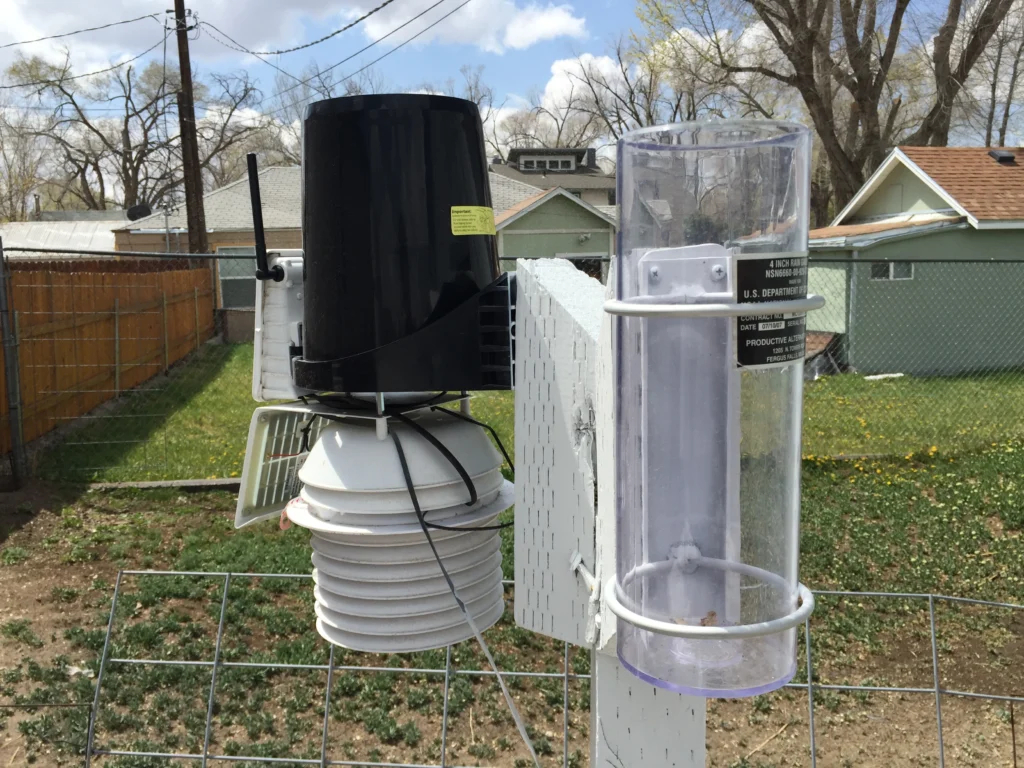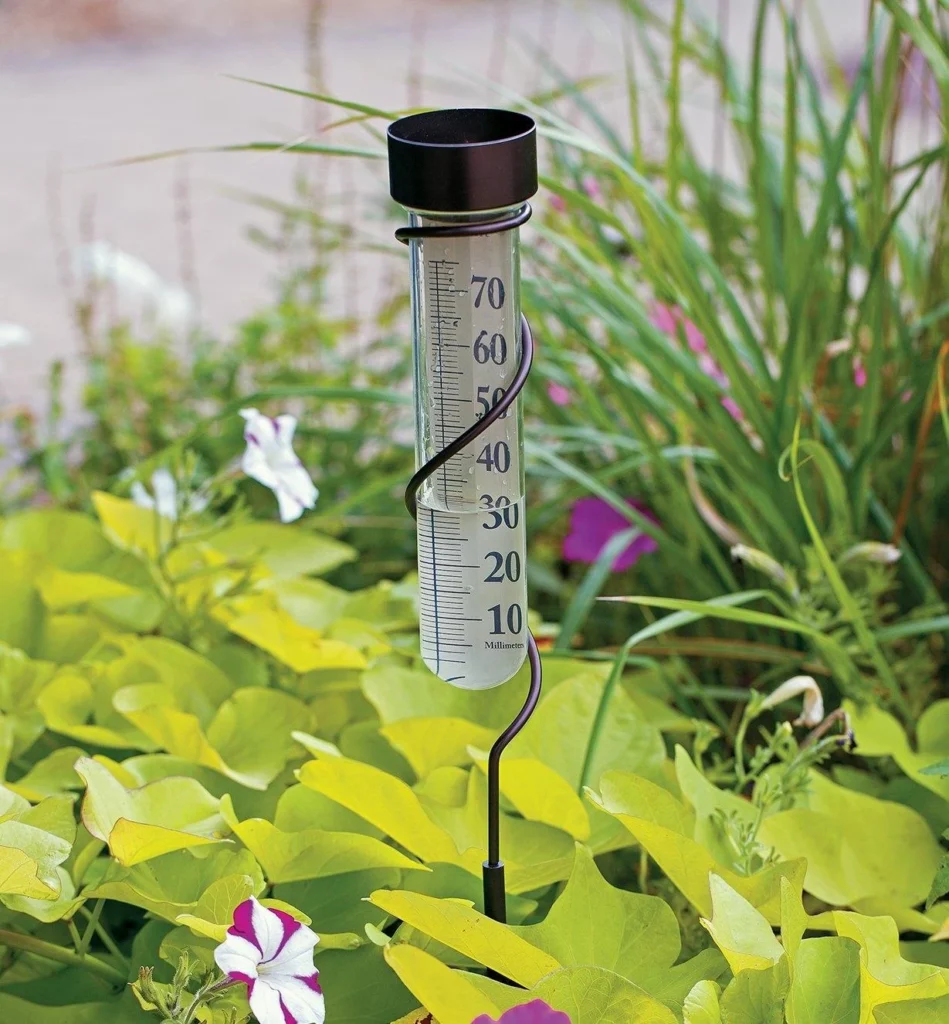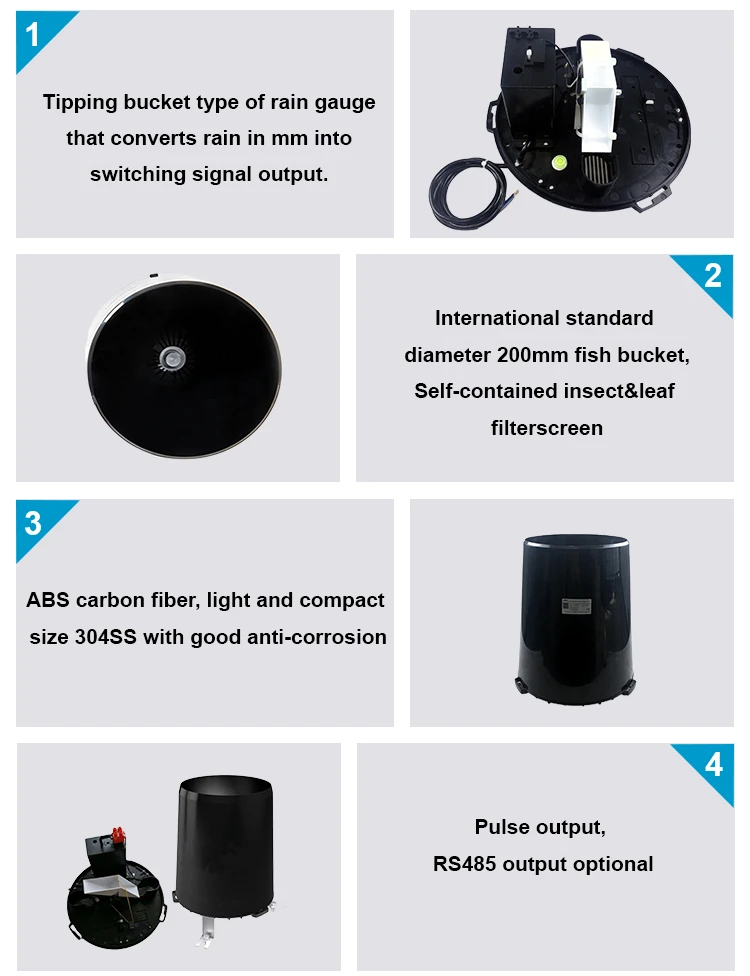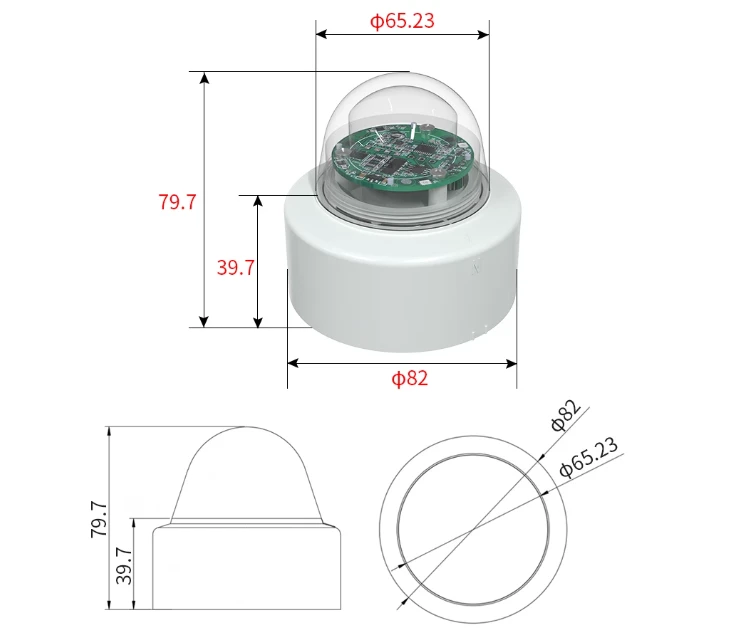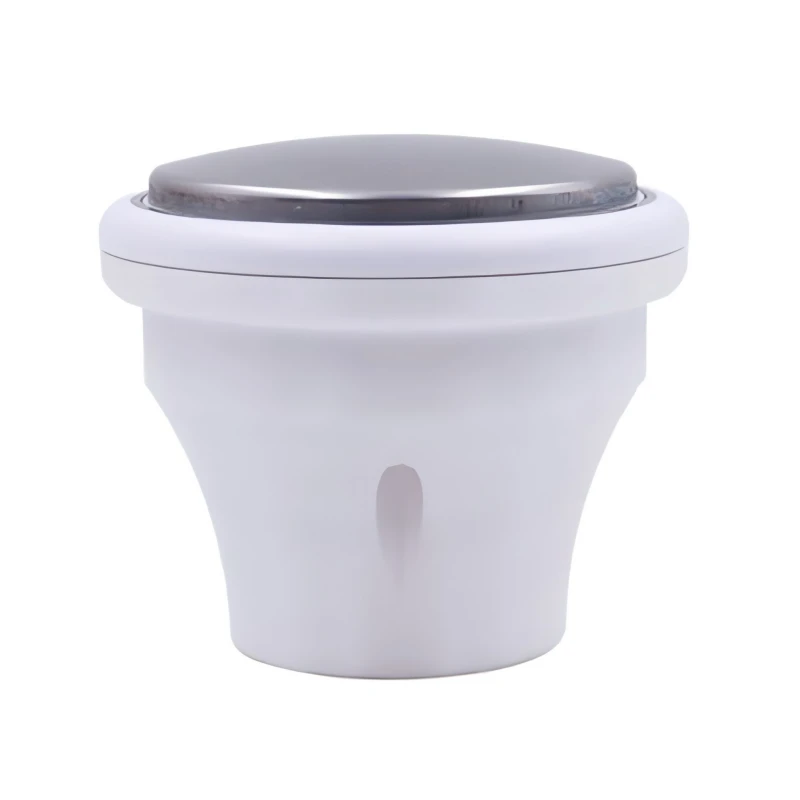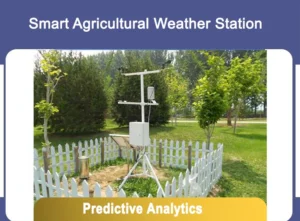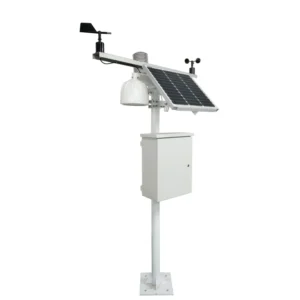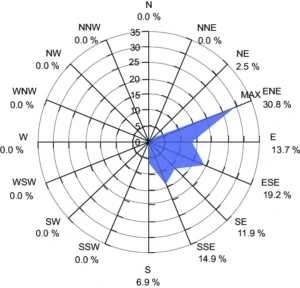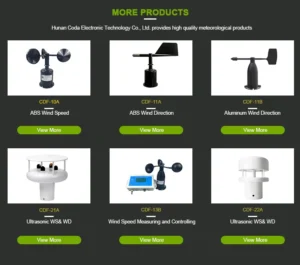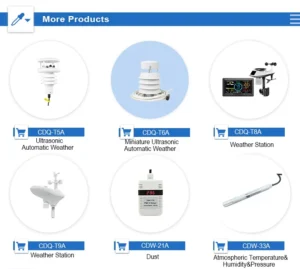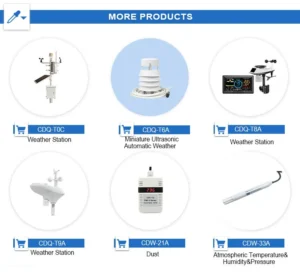instrument to measure rainfall & rain gauge description
Rain gauges are tools used to measure how much it rains. By measuring rainfall, we can learn about its size, how long it lasts, and where it falls. This data is important for weather studies, disaster alerts, water resources assessments, farming plans, and more.
Varieties of rain gauges
A digital rain gauge comes in different types. Each type has its own pros and cons. Here are some common types of rain gauges:
1. Standard Rain Gauge:
This type is often known as cylindrical rain gauges. It is the type that people use the most.
It is made of a tube. The tube can be made of metal or plastic. The top is shaped like a funnel.
This top gathers rainwater and sends it into a measuring tube. The marks on the tube show measurements in millimeters. National weather service are used to measure the monitor rainfall collected.
2.Tipping Bucket Rain Gauge:
This tipping bucket rain gauge has a see-saw structure. One side has a funnel, and the other side has two small tipping bucket gauges.
Every period of time a certain amount of rain falls, the see-saw tips. This amount is usually 0.2 mm or 0.01 inches. It then dumps the water into a storage container. To measure heavy rain, count how many times the gauge tips over.
3.Weighing rain gauges:
Use a scale to measure how much rain collectors gather. A funnel collects rainwater and channels it to a storage container that sits on a scale. The weight of the container goes up as electronic rain collects. We find out how much it rained by measuring the weight before and after the rain.
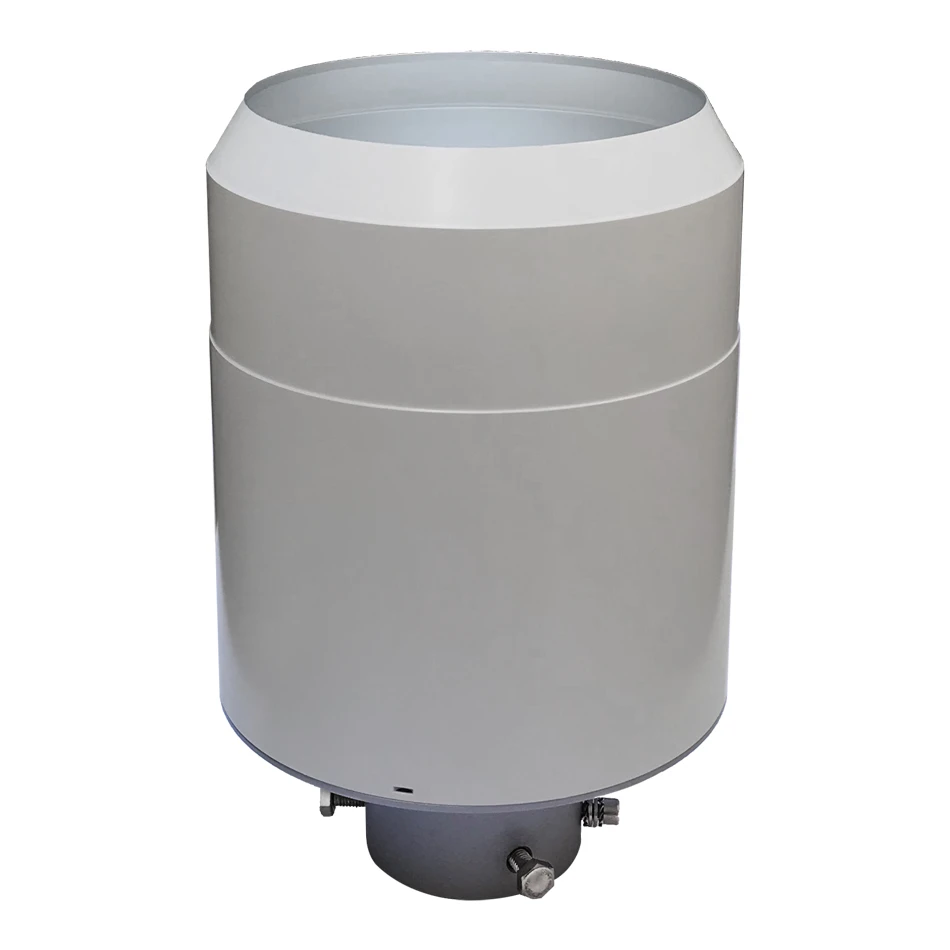
4. Optical Rain Gauge:
This rain gauge uses light sensors to measure how big the raindrops are and how much rain falls. It measure precipitation the amount of rainfall by looking at how hard it is coming down.
5. Acoustic Rain Gauge:
This rain gauge uses sound waves to measure how much it rains. It sends out sound waves. These waves bounce off the raindrops and come back to the sensor. The strength of the signal that comes back shows how much it has rained.
Each rain guages type has its own set of pros and cons and is appropriate for various uses. Choosing a rain gauge depends on factors like accuracy, cost, how easy it is to maintain, and if you need real-time data.
What are the alternative names for a rain gauge?
Alternative names for rain gauges are:
Pluviometer / Pluviograph / Rain measuring instrument / Rainfall gauge / Rain gauge / Rain collector / Rain recorder / Hyetometer / Ombrometer / Pluviograph / Pluviometer /Precipitation gauge
These terms national weather conditions service are often used the same way to describe a tool that measures rainfall.
No matter which rain gauge you choose, it is important to install and take care of it properly. This system will help you take accurate measurements.
